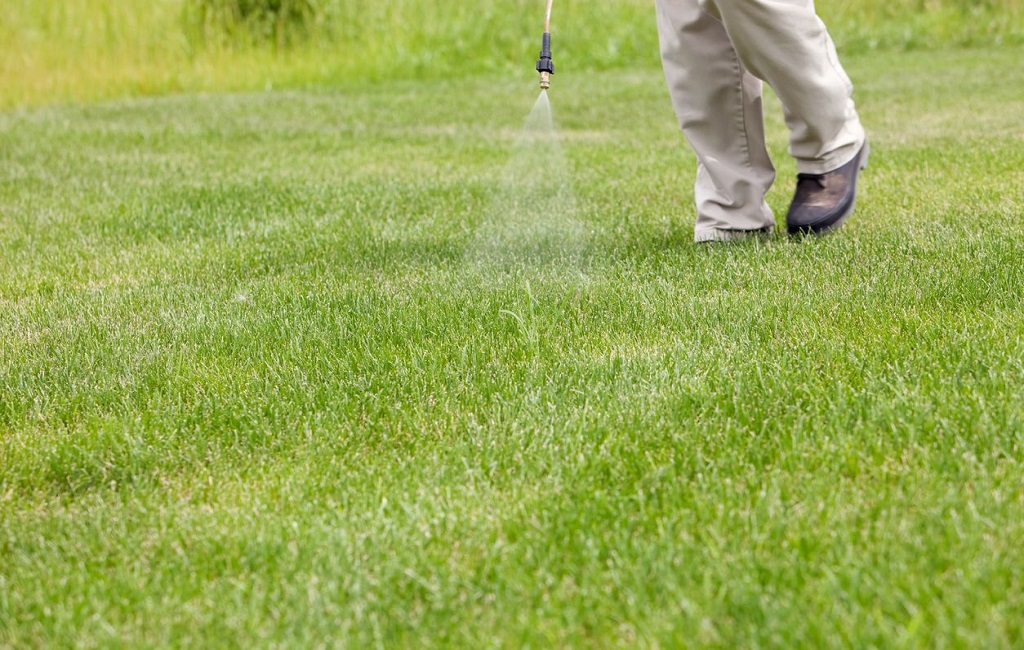Commonly Asked Questions About Hydroseeding

The mulch, seed mix and tackifiers in the hydroseeding slurry promote growth, stabilize soil and prevent erosion. Dyes, typically green, are also commonly added to the slurry for visibility purposes.
Once the area is sprayed, keeping foot traffic to a minimum is important so the seeds have time to establish themselves. It’s also important to water the area 2-3 times daily, depending on the weather.
What Is Hydroseeding?
Hydroseeding involves spraying a mixture of seed, water, and fertilizer. The slurry is then applied to the ground using a hydroseeder machine capable of covering large areas quickly and evenly. The slurry is mixed with additives, such as tackifiers and mulch, to help the seeds stay in place and retain soil moisture until they grow. The slurry is designed to act as a blanket, which helps to protect the seeds from wind and rain until they grow and mature into a lush green lawn. Using slurry tackifiers, which keep the soil from washing away after heavy rains, can also aid in the control of erosion.
Hydroseeding can provide a quick and easy way to create a new lawn properly. However, it is important to remember that a newly hydro-seeded property will require regular watering with a hose or sprinkler until the seeds grow into dense grass.
How Does Hydroseeding Work?
Hydroseeding uses a machine called a Hydroseeder to combine mulch, seed, fertilizer and water into a slurry and then spray it onto the ground. The equipment can be rented by homeowners or used by professional landscapers. The slurry mixture helps to keep the seed in place and promotes grass growth. It can also help with soil stabilization and erosion control. It’s important to properly prepare the area for Hydroseeding by raking, loosening and grading it. It will ensure that the seeds are receptive to the germination process and will grow and thrive.
Whether for a home lawn, slope stabilization or a wildfire revegetation project, hydroseeding for building permit San Diego is an effective solution that can be done quickly and efficiently. The resulting grass will provide a natural and attractive solution to many landscaping challenges with proper care. Spring and fall are the best times to hydroseed, as these seasons offer milder and wetter environments ideal for grass establishment and growth.
What Are the Benefits of Hydroseeding?
Compared to other landscaping methods, Hydroseeding is relatively quick and easy. It also offers a variety of benefits, such as uniform lawn coverage, erosion control and healthy germination.
The mulch in the hydroseed mixture helps hold seeds and protect against the elements. It also helps with weed control. The mulch may contain various ingredients, including wood fibers, synthetic fibers and sawdust. The hydroseeding slurry can also be mixed with fertilizer to promote growth and add nutrients to the soil. Many contractors recommend testing the soil before hydroseeding. It helps to determine the soil’s overall health and whether it can support grass.
Another benefit of hydroseeding is that it provides a fast solution to soil erosion and the potential hazards associated with steep grades. The slurry can be spread quickly over sloped terrain and helps to stabilize the ground, preventing it from washing away with heavy rains or windy weather.
When Is Hydroseeding Beneficial?
Choosing the right seed mixture for your project depends on your climate, terrain and desired result. The additives in the slurry also vary and may include tackifiers or fertilizers to enhance grass growth or speed up germination. The slurry’s mulch-like blanket retains moisture for faster, more successful establishment and prevents erosion. A hydro-seeded lawn can hold up to 10 times its weight in water and uses half as much water as traditional planting methods. Spring and fall are the best times to hydroseed because the warm soil and moderate rain encourage grass seeds to germinate fast and establish strong roots. However, it is possible to get good results in summer, depending on weather and site conditions. Hydroseeding without mulch or other cover does not provide immediate erosion control and should be combined with additional measures until vegetation is established. It is especially important in eroded or disturbed soil.
